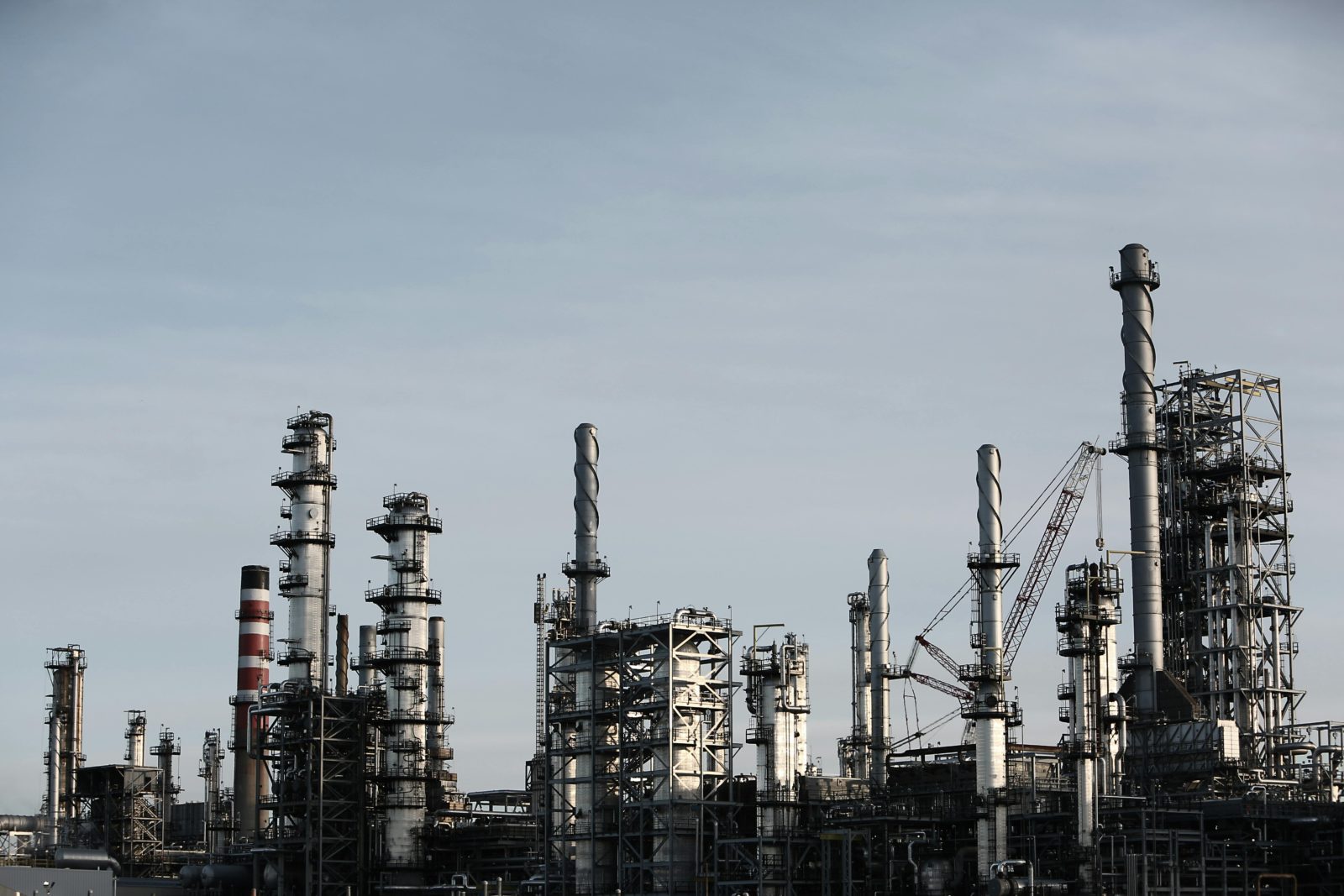The industrial sector in the Czech Republic experienced an unexpected stagnation in the first month of the year, with production levels remaining at the same level as in January 2023. According to the Czech Statistical Office (ČSÚ), the monthly production in the industry was even lower by 2.3 percent, with the automotive industry’s decline significantly influencing this.
In January 2024, industrial production remained stagnant year-on-year, roughly in 2021. “The production of motor vehicles continued to grow. We can still see more significant declines in coal mining, metallurgy, and foundry industry, or the production of building materials,” said Radek Matějka, Director of the Department of Agricultural and Forestry Statistics, Industry, Construction, and Energy of the ČSÚ.
Machine and equipment production also reported an 11 percent year-on-year decline. On the other hand, smaller sectors, such as the paper and clothing industry or other manufacturing industries, saw double-digit growth rates.
The value of new orders from industrial companies fell by 2.7 percent year-on-year in January. There was also a reduction in industry workers, with the average recorded number of employees decreasing by two percent compared to January 2023.
The main reason for the industry’s month-on-month decline was the performance in the automotive sector. “The main cause of the decline was car production, which decreased month-on-month by almost 12 percent, while in December, it grew by 10 percent and was among the driving forces of December’s industrial production,” noted Jakub Seidler, the chief economist of the Czech Banking Association.
The stagnation is disappointing, as analysts expected January to bring a two percent growth in year-on-year comparison. “Even though today’s number sounds rather negative, nothing fundamentally changes. Despite low unemployment and a weaker crown, domestic industry is not doing well. There is a lack of domestic and foreign demand,” evaluated Tomáš Volf, an analyst at Citfin.





